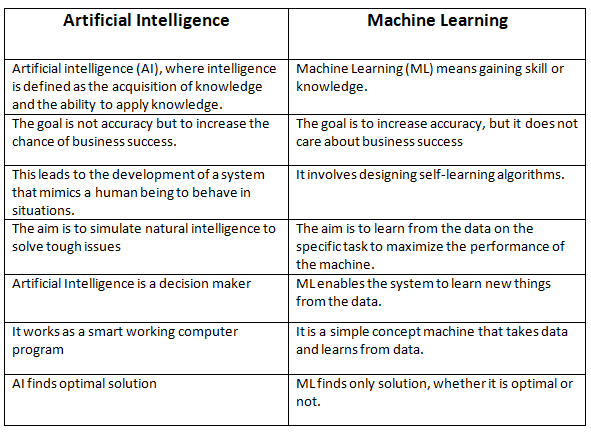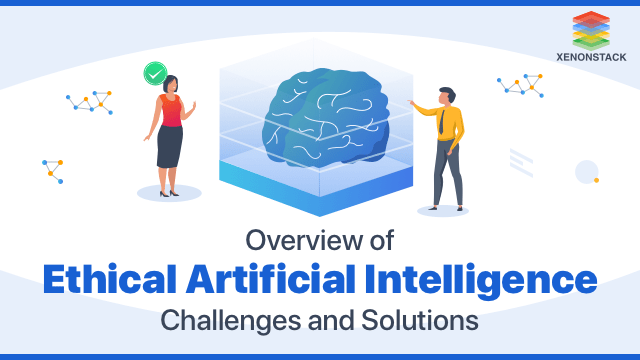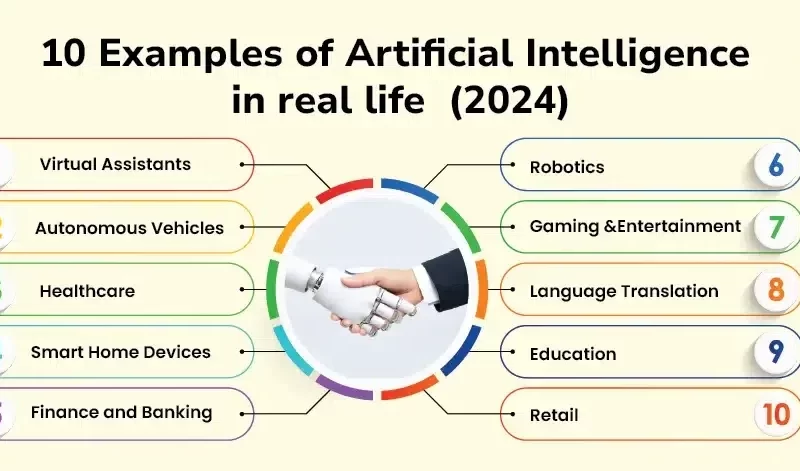Artificial Intelligence (AI) and Machine Learning (ML) are two increasingly popular technologies that are often used interchangeably, but they are not the same thing. While both AI and ML are subsets of the broader field of computer science, they have distinct differences that set them apart. In this article, we will explore the key differences between AI and ML and how they are revolutionizing the tech industry.
What is Artificial Intelligence?
Artificial Intelligence refers to the simulation of human intelligence in machines that are programmed to think and perform tasks like humans. AI is a broad field that encompasses a wide range of technologies, including natural language processing, speech recognition, computer vision, and expert systems. The goal of AI is to create intelligent machines that can mimic human cognition and behavior.
What is Machine Learning?
Machine Learning is a subset of AI that focuses on developing algorithms and statistical models that enable machines to learn from and make predictions or decisions based on data. Unlike traditional programming, where machines are explicitly programmed to perform tasks, machine learning algorithms rely on patterns and inference to improve their performance over time. The more data they are trained with, the more accurate and intelligent they become.
Key Differences Between AI and Machine Learning
While AI and ML are closely related, there are some key differences that set them apart:
1. Scope and Complexity
AI encompasses a broad range of technologies and applications, from self-driving cars to virtual assistants. Machine Learning, on the other hand, is a subset of AI that focuses on developing algorithms and models that can learn from data to make decisions. ML is essentially a tool used to achieve AI.
2. Data Dependency
Machine Learning algorithms rely heavily on data to improve their performance. The more data they are trained with, the better they become at recognizing patterns and making accurate predictions. AI, on the other hand, can perform tasks without being explicitly trained on data, using techniques like expert systems and logic programming.
3. Adaptability
AI systems are typically more flexible and adaptable than machine learning models. They can use a variety of techniques to solve problems, from logical reasoning to deep learning. Machine Learning models, on the other hand, are more specialized and are trained to perform specific tasks based on the data they are provided with.
Applications of AI and Machine Learning
AI and Machine Learning are revolutionizing a wide range of industries, from healthcare to finance to transportation. Some common applications of AI and ML include:
Chatbots and virtual assistants
Fraud detection in finance
Recommendation systems in e-commerce
Medical image analysis in healthcare
Autonomous vehicles in transportation
Conclusion
In conclusion, AI and Machine Learning are two powerful technologies that are transforming the way we interact with machines and the world around us. While they are closely related, AI and ML have distinct differences that set them apart. AI is the broader field that encompasses a wide range of intelligent technologies, while Machine Learning is a subset of AI that focuses on developing algorithms and models that can learn from data. Both AI and ML are reshaping industries and pushing the boundaries of what is possible with technology.


